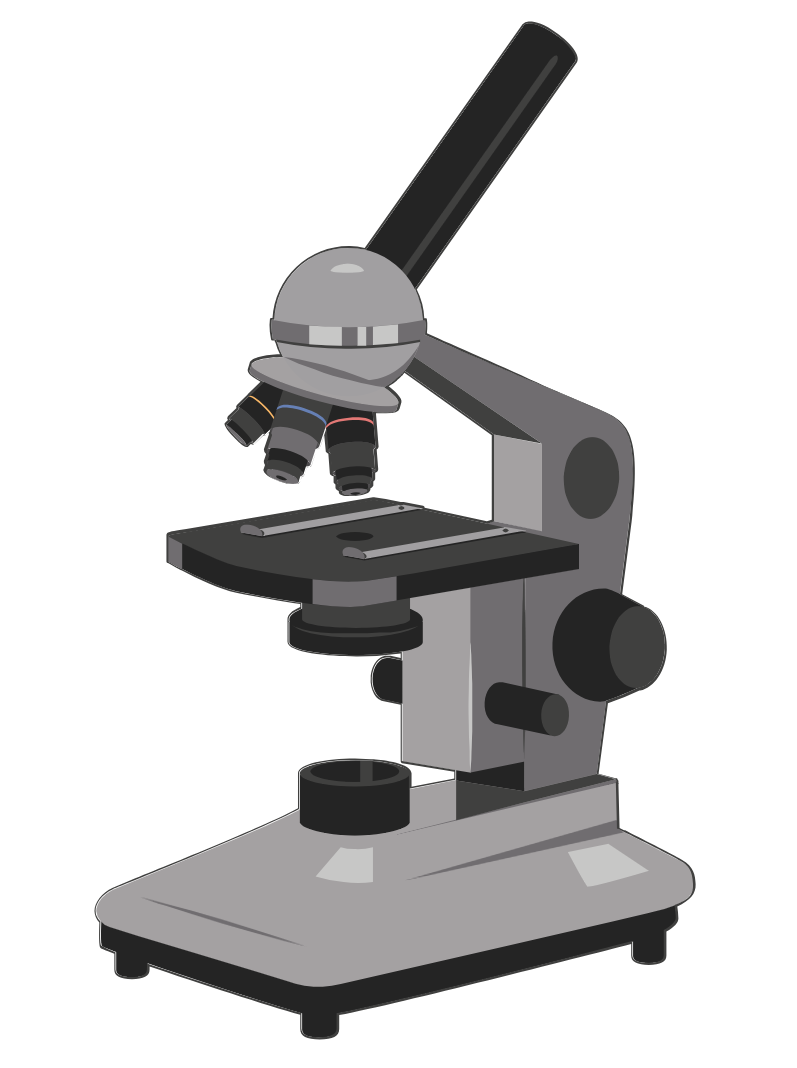Table of Contents
Introduction
Microscopy has long been pivotal in biological sciences for examining cellular structures and organization. Initial methods like bright-field and dark-field microscopy often required staining due to poor contrast. The introduction of phase contrast microscopy improved contrast significantly, sometimes eliminating the need for staining. Ultimately, the goal of using a microscope is to magnify specimens and identify specific features. Fluorescence microscopy has further enhanced the ability to selectively label molecules and cellular structures.
Applications of Light Microscopy
1. Specimen Identification and Quality Light microscopy allows for the identification of different components within a sample, such as various microorganisms with distinct morphologies and structures. Cell viability and quality can be assessed using dyes that differentiate between live and dead cells.
2. Cell Counting A hemocytometer and light microscopy are commonly used for counting cells in a sample.
3. Classification of Bacteria The Gram staining method, which differentially stains bacterial cell walls, classifies bacteria into Gram-positive and Gram-negative. These stained cells are then observed under a bright-field microscope.
4. Microscopic Analysis of Body Fluids Blood samples are routinely analyzed microscopically to determine cell counts, detect infections, and identify changes in cellular structures.
5. Fecal Analysis of Domesticated Animals Light microscopy is used to identify and quantify protozoan parasites like Coccidia in fecal samples from domesticated animals, aiding in the diagnosis of conditions like coccidiosis.
6. Histopathology Histopathology involves examining anatomical changes in tissues. Tissue samples are thinly sliced and stained with various dyes depending on the desired histological features. For example, hematoxylin and eosin are used for general tissue morphology, Congo red for amyloid plaques, and Giemsa stain for parasites.
7. Cytopathology Cytopathology focuses on pathological changes at the cellular level. Morphological changes due to infections, metabolic disorders, or conditions like sickle cell anemia are studied using stained cells.
8. Cellular Membranes and Intracellular Structures Fluorescently labeled antibodies or dyes can selectively label cellular features such as organelles. Commercially available probes target structures like the nucleus, mitochondria, and lysosomes, with DAPI used for DNA staining.
9. Membrane Proteins Total Internal Reflection Fluorescence (TIRF) microscopy is used to study fluorescently labeled membrane proteins, selectively exciting fluorophores near the sample substrate.
10. Live Cell Imaging Inverted microscopes allow for the direct observation of cultured cells in real-time.
11. Protein Dynamics and Localization Green Fluorescent Protein (GFP) and its variants enable the selective labeling of proteins within cells. Fluorescence microscopy facilitates the study of protein dynamics and localization in live cells.
12. Co-localization of Proteins Confocal Laser Scanning Microscopy (CLSM) scans specimens to plot intensity in two-dimensional coordinate space, and closely spaced focal plane scans provide three-dimensional fluorophore distribution. This technique helps in studying the proximity of two proteins within a cell, often visualized using different fluorescent labels.
